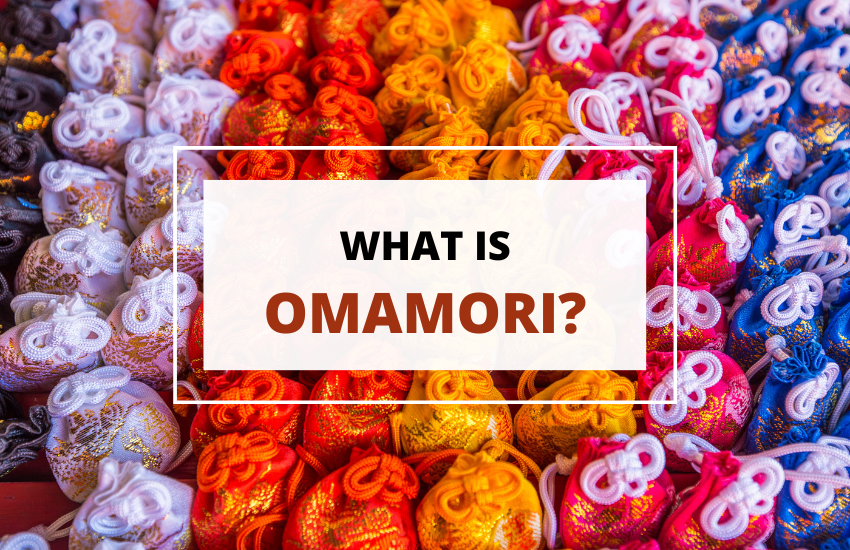
Table of Contents
Omamori is Japanese amulets sold at Buddhist temples and Shinto shrines across the country. These colorful little purse-like objects are made of silk and contain pieces of wood or paper, with prayers and lucky phrases written on them.
The idea is that they will bring luck and good fortune to the bearer, much like the Chinese fortune cookie.
But where did the idea of Omamori begin and how are these amulets used?
What Does the Word Omamori Mean?
The word omamori comes from the Japanese word mamori, which means to protect, hinting at the purpose of these objects.
Originally created as tiny wooden boxes with prayers concealed inside, these objects act as portable protection items from misfortune or other unfavorable situations, as well as an offering to the temple or shrine they were purchased from.
These gorgeously colorful and intricately embroidered amulets are displayed in homes, in cars, in bags, and kept in bags, offices, and workplaces.
Omamori is commonly sold in Japanese shrines and temples, particularly during the New Year holiday. However, it can be bought by any person irrespective of their faith and can also be gifted to other persons as a souvenir or wish from Japan. The paper-made Omamori is typically placed up around the entrances and exits of homes and office spaces.
Origins of Omamori
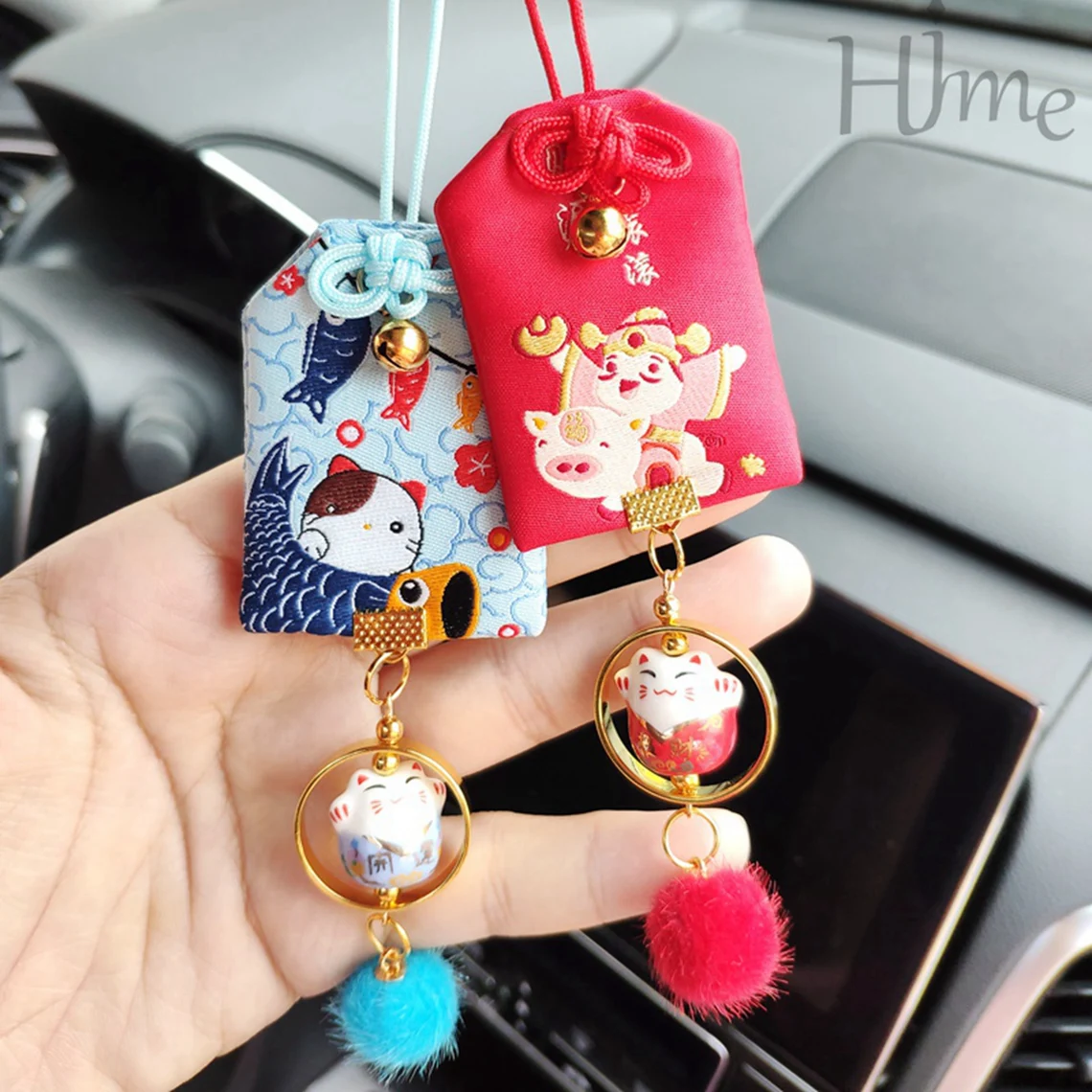
This tradition was adopted throughout Japan around the 17th century when temples and shrines accepted the custom and began to create and market their protective amulets.
The Omamori originates from two popular religious practices in Japan – Buddhism, and Shintoism. This was a result of their priests’ belief in the containment of the strength and power of their gods into pocket-sized blessings.
Originally, these priests aimed to ward off evil spirits and protect their worshippers from bad luck and evil occurrences. However, this later resulted in different forms of Omamori.
Omamori is spiritual and made potent through ritual. These days, you can buy Omamori on online platforms, making it accessible to those who can’t get to Japan.
It’s believed that the right Omamori calls out to a person. Nonetheless, each temple has a special deity that determines the best Omamori. For instance, the best Kenkou can be obtained from a shrine that worships the god of fertility.
12 Main Types of Omamori
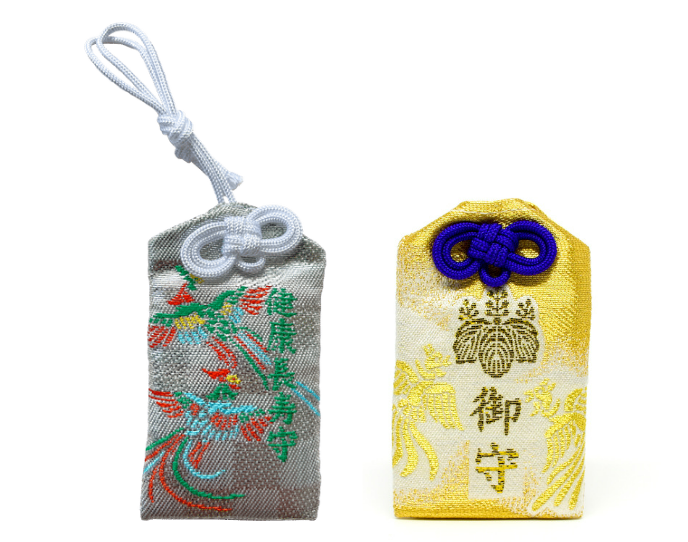
Omamori used to exist in the form of wood and paper. Nowadays, they can be found as key chains, stickers, and phone straps, among other items. Each design varies based on location and shrine. The popular types of Omamori across different shrines are:
1. Katsumori:
This type of Omamori is made for success at a particular target.
2. Kaiun:
This Omamori gives good fortune. It is similar to the general good luck talisman.
3. Shiawase:
It brings happiness.
4. Yakuyoke:
People who want protection against bad luck or evil buy Yakuyoke for that purpose.
5. Kenko:
Kenko gives the bearer good health by preventing diseases and granting long life.
6. Kanai-anzen:
This protects your family and home and ensures they are in good health and well-being.
7. Anzan:
This amulet is best for pregnant women to ensure safe delivery.
8. Gakugyo-joju:
This is for students preparing for tests or exams.
9. En-musubi:
This will help you to find love and protect your relationship.
10. Shobai-hanjo:
This seeks to boost a person’s financial life. Hence, it must be used in respect of a business.
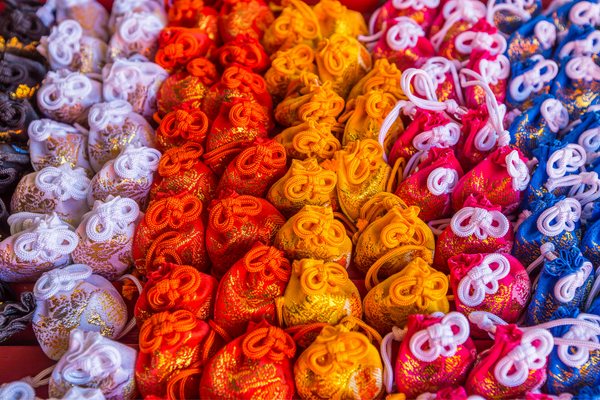
11. Byoki-heyu:
This is usually gifted to an ill or recovering person as a get-well-soon gesture.
Besides the above, people can request that a particular type of Omamori be made for them by a shop or priest. If the demand for a specific type of Omamori is high, shrines may include such in the above list. Therefore, there are special Omamori, such as the Liar Bird, Sexual Health, Beauty, Pets, and Sports Omamoris.
Special Omamori:
1. Liar Bird
This Omamori is uncommon and associated with Yushima Shrine. It is released every year on January 25. The Liar bird is a traditional wooden Omamori believed to lock in your lies and secrets and convert them into a song of truth and guidance.
2. Sexual Health (Kenkou)
Kenkou is a special variant of Kenko (Good health) because it is strictly for sexual well-being. It can only be found in April at the Kanayama Shrine during the Kanamara Matsuri (Fertility festival). This Omamori provides fertility boosts and is also believed to protect humans from HIV/AIDs.
3. Beauty (Anti-aging)
This Omamori provides a boost for beauty. While there is no explanation for how this is possible, it is popularly believed that one can find Omamori for glowing skin, longer legs, leaner waist, beautiful eyes, and anti-aging.
4. Kitsune (Wallet Protection)
This is different from Shobai-hanjo because it seeks to protect the money you already have. That is, it protects your belongings against theft.
5. Sports Talisman
The Omamori is now being used in sports to boost agility and success. It can come in the shape of any sports material or equipment and is usually bought at the beginning of each season. At the end of the season, it must be returned to the shrine it was gotten for ceremonial burning. Examples of shrines built only for Sporting are Kanda and Saitama (for only golfers).
In 2020, the Olympics displayed sports-themed Omamoris across the length and breadth of the ground at Kanda Shrine.
6. Pets Amulets
There used to be agriculture shrines that produced charms to assist farmers and protect their crops. These shrines also produce charms for agricultural activities, mainly livestock protection. An example is the Tama Shrine of Futako Tamagawa. Pet Amulets are produced in strange sizes and shapes (paw prints, animal shapes, or tags).
12. Kotsu-anzen:
This is made for drivers’ protection on the road. Nowadays, it can be used for other forms of transportation. For instance, ANA (All Nippon Airlines) uses a blue charm for flight safety (koku-anzen). Passengers may also buy this Omamori.
The Tobifudo shrine (North of Sensoji Temple) sells Omamori to individuals who have a phobia of traveling on a plane and workers in the aviation industry for protection and good wishes. They are available in different shapes and airplane themes with beautiful colors and designs.
Dos and Don’ts of Omamori
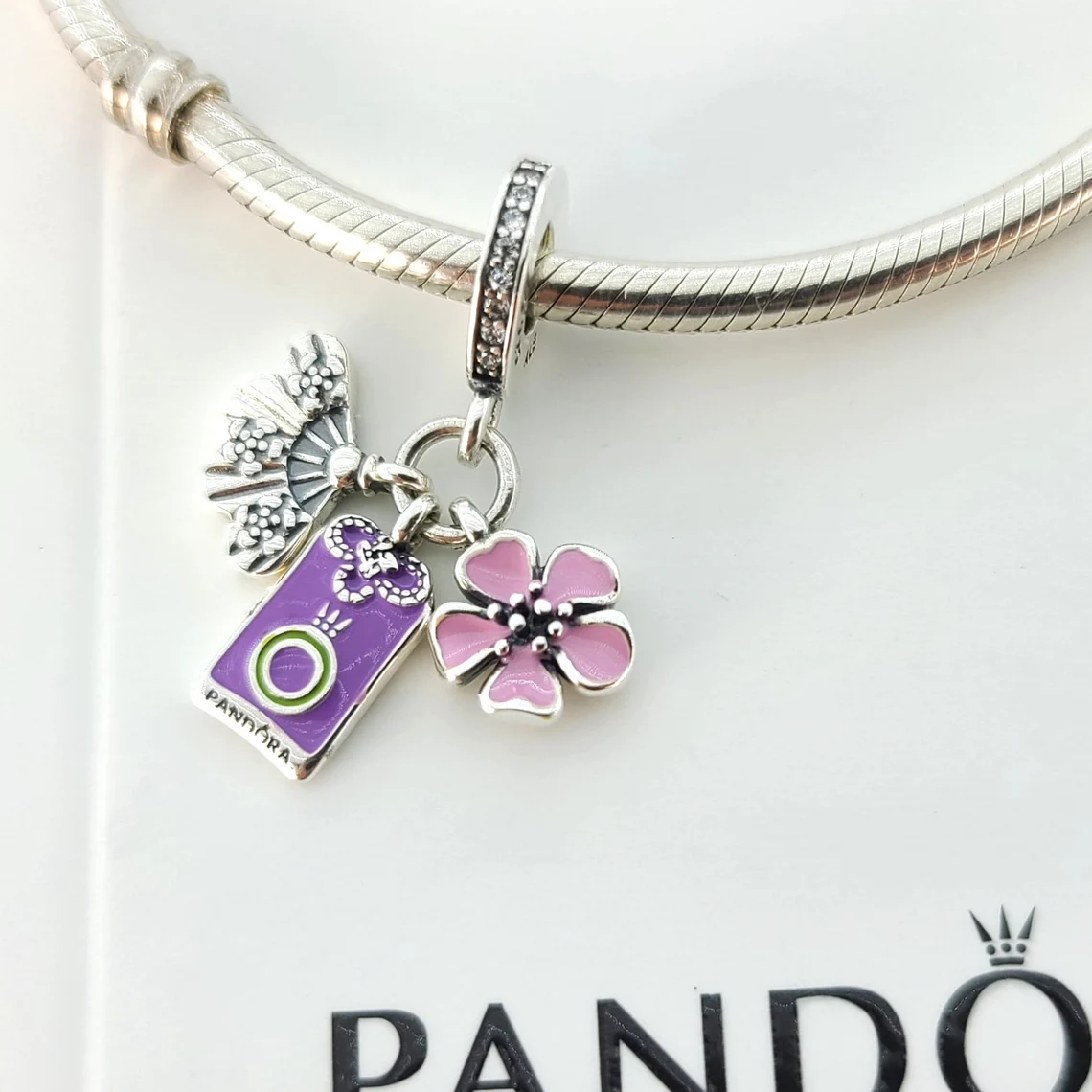
1. Depending on the type and purpose of the Omamori, it should be worn or attached to an object you keep with you often. For instance, if you desire growth in your career, you can wear it or attach it to something you take to work daily, like a bag or even a wallet.
2. You can keep more than one Omamori, but they must have the same origin. For example, a Shinto Omamori may cancel a Buddhist type if used together. To prevent cases like this, the best thing is to seek guidance from the seller.
3. You cannot open your Omamori; otherwise, you will be freeing its protective powers that are locked within.
4. Do not wash your Omamori to avoid ruining its protective power. If the strings get damaged, you can put them in a bag and carry them in your pocket.
5. Return your Omamori from the previous year on every New Year’s Day to the temple or shrine it is bought from. If you cannot return it on New Year’s Day, you may send it back a few days after. Often, old Omamori is burnt to honor the charm or god in it who has helped you throughout the year.
6. With the advent of online retail shops, some people buy Omamori from online stores. Priests frown at this act and proclaim that purchasing Omamori from online outlets can bring the opposite of what it signifies to purchasers and resellers. While most Omamori is fortified and sold at temples, some variants have been produced and are not spiritual. In Japanese stores, you can find generic Omamori with cartoon characters like Hello Kitty, Kewpie, Mickey Mouse, Snoopy, and more.
Wrapping Up
Whether you believe in the protective nature of Omamori amulets or not, these objects are historical and cultural. They make for great souvenirs from Japan and offer insight into the religious and spiritual practices of the country.








